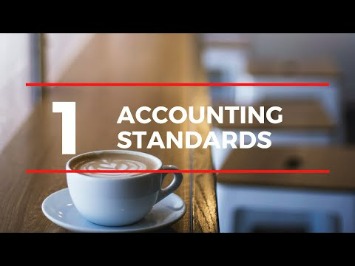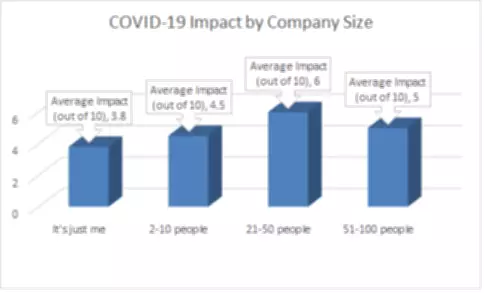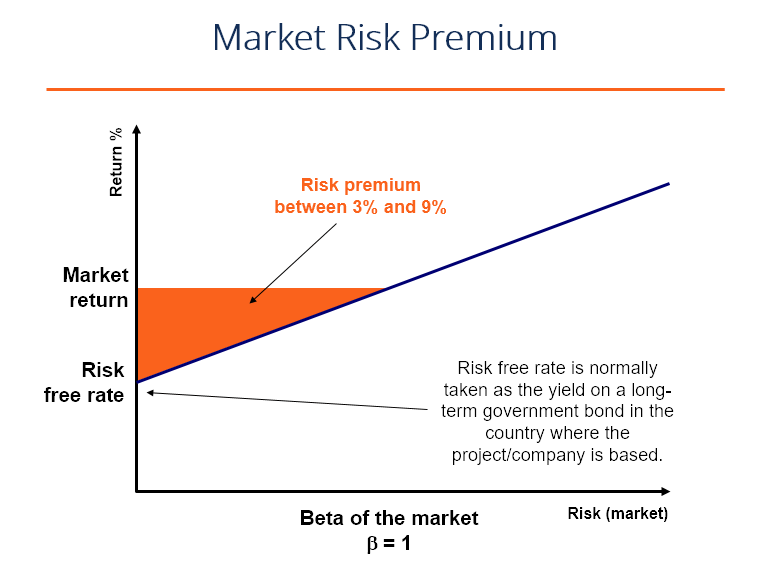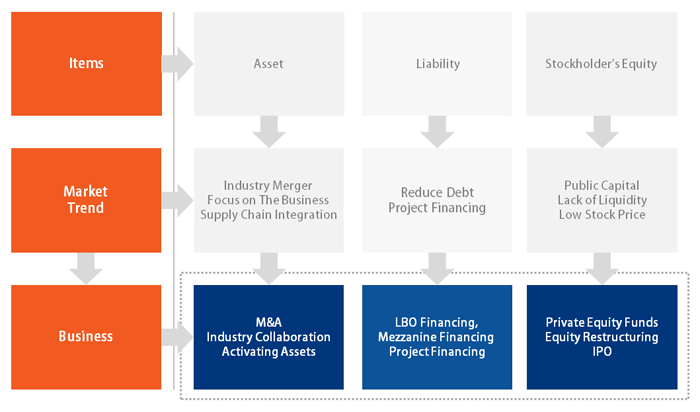Content

Many or all of the products featured here are from our partners who compensate us. This influences which products we write about and where and how the product appears on a page. This may influence which products we review and write about (and where those products appear on the site), but it in no way affects our recommendations or advice, which are grounded in thousands of hours of research. Our partners cannot pay us to guarantee favorable reviews of their products or services. For more information, see Recognition of Precontribution Gain on Certain Partnership Distributions, earlier. Enter any deductions allowed for the AMT that are allocable to oil, gas, and geothermal properties.
Use columns (b) and (c) to report all differences caused by treating hedging transactions differently for financial accounting purposes and for U.S. income tax purposes. For example, if a portion of a hedge is considered ineffective under GAAP but is still a valid hedge under section 1221(b)(2), the difference must be reported on line 13. The hedge of a capital asset, which isn’t a valid hedge for U.S. income tax purposes but may be considered a hedge for GAAP purposes, must also be reported here. U.S. partnership H is a calendar year partnership that files and entirely completes Schedule M-3 for its 2019 tax year. For its 2019 tax year, H’s financial statement net income includes $10,000 of income attributable to its share of USP’s net income.
What Is Form 1065: U.S. Return of Partnership Income?
Qualified rehabilitation expenditures (other than rental real estate) (code D). Investment expenses are deductible expenses (other than interest) directly connected with the production of investment income. For property (except section 1250 property) placed in service after 1998, refigure depreciation for the AMT only for property depreciated for the regular tax using the 200% declining balance method. For the AMT, use the 150% declining balance method, what is form 1065 switching to the straight line method the first tax year it gives a larger deduction, and the same convention and recovery period used for the regular tax. For section 1250 property, refigure depreciation for the AMT using the straight line method, and the same convention and recovery period used for regular tax. Attach a statement to Form 1065 that identifies the types and amounts of any other credits not reported elsewhere, such as the following.
- The maximum special allowance that single individuals and married individuals filing a joint return can qualify for is $25,000.
- For lines 1 through 11, use only the financial statements of the U.S. partnership filing Form 1065.
- Use the amounts reported and the amounts on the attached statement to help you figure the net amount to enter on Form 6251, line 2t.
- If you are a general partner, reduce this amount before entering it on Schedule SE (Form 1040) by any section 179 expense deduction claimed, unreimbursed partnership expenses claimed, and depletion claimed on oil and gas properties.
- If the “Yes” box is checked, attach a statement that contains the following information.
Each partner’s Schedule K-1 is sent to the partner and used to prepare their personal income tax return. Report the precontribution gain or loss on Form 8949 and/or Schedule D (Form 1040) or Form 4797 in accordance with the information provided by the https://www.bookstime.com/articles/accounting-cycle partnership. The passive activity limitations are applied separately for items (other than the low-income housing credit and the rehabilitation credit) from each PTP. Thus, a net passive loss from a PTP may not be deducted from other passive income.
How Do I Prepare and File Form 1065?
The traditional method is used to allocate section 704(c) items pertaining to X. In the first year, the partnership has $10 of section 704(b) book depreciation, which is allocated equally to A and B for book purposes ($5 each). The partnership has no other income or deductions during the tax year.
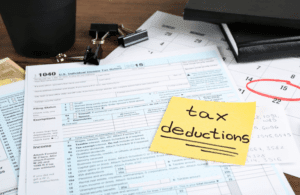
For more information, see the instructions for Form 8960, line 5c. Return of Partnership Income, is a tax form used by partnerships to provide a statement of financial performance and position to the IRS each tax year. The form includes information related to a partnership’s income and deductions, gains and losses, taxes and payments during the tax year. Partnerships use this form to prepare Schedule K-1s for each partner to pass through all income and deductions to owners. Every domestic partnership must file Form 1065 unless it does not receive income or does not incur any expenditures treated as deductions or credits for federal income tax purposes. Most of the information you’ll need to complete your Schedule K-1 will come from the Income and Expenses section of Form 1065.
Instructions for Form 1065 – Notices
If the partnership has investment income or other investment expense, it will report your share of these items in box 20 using codes A and B. Include investment income and expenses from other sources to figure how much of your total investment interest is deductible. You will also need this information to figure your investment interest expense deduction. Portfolio income or loss (shown in boxes 5 through 9b and in box 11, code A) isn’t subject to the passive activity limitations.
Form 1065 is the first step for paying taxes on income earned by the partnership. Once you’ve prepared Form 1065, Schedule K-1s are prepared for each partner. Each Schedule K-1 identifies each partner’s allocated profits and losses for the total of the reporting period.
U.S. Return of Partnership Income
Report on lines 12a, 12b, 12c, and 12d the total amounts (not just the partnership’s share) of assets and liabilities of entities included or removed on Part I, lines 4, 5, 6, and 7. All assets and liabilities reported on Part I, lines 12a through 12d, must be reported as positive amounts. On line 12a, enter the worldwide consolidated total assets and total liabilities of all of the entities included in completing Part I, line 4.
If the expenditures were for intangible drilling costs or development costs for oil and gas properties, identify the month(s) in which the expenditures were paid or incurred. If there is more than one type of expenditure or more than one property, provide the amounts (and the months paid or incurred if required) for each type of expenditure separately for each property. A partnership can elect to expense part or all of the cost of certain property the partnership purchased during the tax year for use in its trade or business (including certain rental activities, if the renting of the property is the partnership’s trade or business). 946 for a definition of what kind of property qualifies for the section 179 expense deduction and the Instructions for Form 4562 for limitations on the amount of the section 179 expense deduction. Generally, amounts reported on line 4a as guaranteed payment for services and line 4b as guaranteed payment for the use of capital aren’t considered to be related to a passive activity. For example, guaranteed payments for personal services paid to a partner would not be passive activity income.
The schedule was designed to provide greater clarity for partners on how to compute their U.S. income tax liability with respect to items of international tax relevance, including claiming deductions and credits. Report only amounts not otherwise reportable elsewhere on Schedule M-3, Parts II and III (for example, Part II, line 15). Line 12 must be completed by all partnerships that file Schedule M-3.
- Eligible partners are individuals, C corporations, S corporations, foreign entities that would be C corporations if they were domestic entities, and estates of deceased partners.
- Instead, they apply to each partner’s share of any income or loss and credit attributable to a passive activity.
- The partnership must indicate trades or businesses that were aggregated by checking the appropriate box on Statement A for each aggregated trade or business.
- If the Post Office doesn’t deliver mail to the street address and the partnership has a P.O.
- These amounts are reported in box 13 of Schedule K-1, using code R, and are deducted by the partners on their own returns.
- Because A isn’t liable to repay any of B’s liabilities and isn’t obligated to restore any deficit with respect to its capital account in B, A doesn’t report any of B’s liabilities on A’s Schedule L balance sheet.
- We can also help with bookkeeping and payroll throughout the year.
Enter payments made to a qualified plan, SEP, or SIMPLE IRA plan on Schedule 1 (Form 1040), line 16. If the payments to a qualified plan were to a defined benefit plan, the partnership should give you a statement showing the amount of the benefit accrued for the current tax year. The partnership will use this code to report the net positive income adjustment resulting from all section 743(b) basis adjustments. This is your net gain (loss) from involuntary conversions due to casualty or theft. The partnership will give you a statement that shows the amounts to be reported on Form 4684, Casualties and Thefts, line 34, columns (b)(i), (b)(ii), and (c).
Partner’s Share of Income, Deductions, Credits, etc. (For Partner’s Use Only)
Check the appropriate box on line 4b to indicate which of the following accounting standards was used for line 4a. Any entity that files Form 1065 must file Schedule M-3 (Form 1065) if any of the following is true. For the latest information about developments related to Schedule M-3 (Form 1065) and its instructions, such as legislation enacted after they were published, go to IRS.gov/Form1065. One main difference between an S corp and a C corp is how they are taxed. Also, you can save up to 19x compared to Paypal, and you won’t lose any money on hidden fees when paying your taxes. One of the biggest challenges with tax season is gathering all the necessary information and ensuring you’ve filled in the correct documentation.




